My walks across London have seen me explore many of the capital’s best and lesser-known parks, but I’ve also enjoyed discovering its commons too! The commons I’ve visited combine many natural elements, whether that’s woodlands, ponds, gardens or large open green land. Also more often than not there’s a road around them, so you do have a sense of being in the middle of an island!
From Wandsworth, Clapham and Streatham to Ham, Barnes and Wimbledon, here are nine of London’s commons!
Clapham Common
When you think of commons in London, you wouldn’t be surprised if Clapham Common is the first you think of! My walk there back in 2017 began in its lovely surroundings and concluded at The Albert Bridge.
Clapham Common dates back to the late 17th century when the recreational area was used for horse racing and cricket. It wasn’t until the 1760s when a wealthy local resident by the name of Christopher Baldwin led an initiative to improve the Common by levelling it off and filling in its ditches and planting trees.
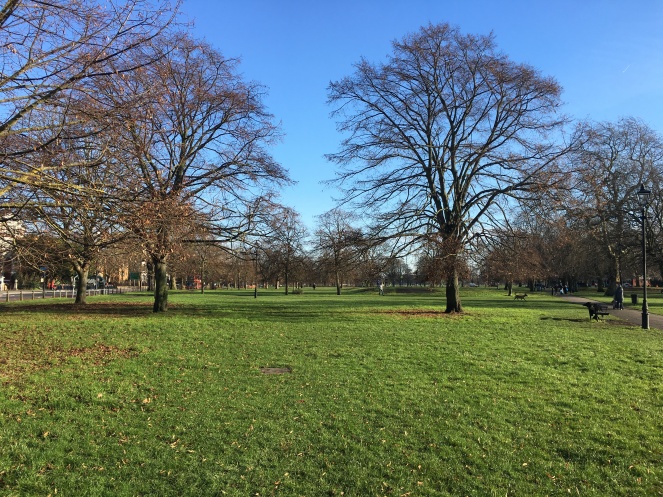
During the 19th century the Common was managed by a group of local trustees who continued to level it out and plant trees. As late as the 1920s sheep were still grazing on the Common, though it was now becoming a well-known area of leisure for people within the suburb which was growing both in size and wealth.

However, in the 1860s Commons in London were at risk of being sold to developers as new legislation meant they could be purchased for the benefits of the public. In 1877, the Metropolitan Board of Works bought Clapham Common from its Manorial Owners with its aim to be ‘free and unenclosed forever’!

Both the board and its successor, the London County Council, continued to make improvements to it and in 1890 they responded to public demand to build one of the largest and best surviving Victorian bandstands in the country.
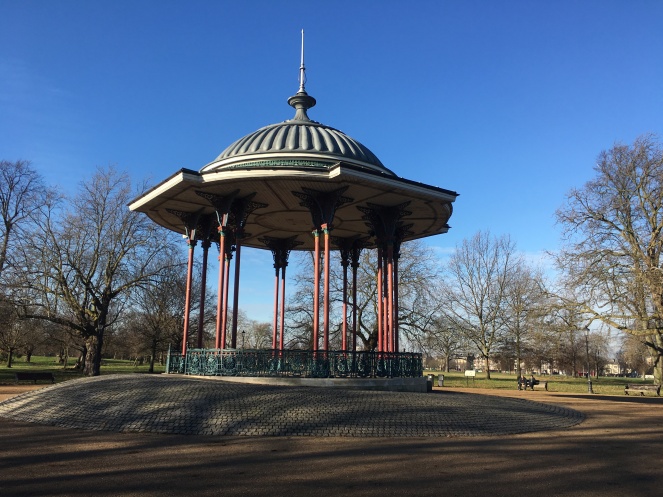
During the First World War troops would be trained in digging trenches on the Common. Whilst in the Second World War the site was used for big events and housed an anti-aircraft battery, with bomb shelters being dug within it.
Sports facilities and entertainment continued on the Common after the War with the London County Council and its successor, the Greater London Council, making improvements to it. The Common was the venue for the International London Horse Show from 1954 to 1985. However, by the 1990s local residents became unhappy with the large scale concerts and other events which they thought were unsuited and damaging the local recreational space. Since 1971, the Common has been owned and managed by the London Borough of Lambeth.
Today, it’s 220 acres (89 hectares) of wonderful grass areas, the lovely Mount Pond, many football pitches, and is one of London’s most famous Commons. I did love standing by the pond, with all you can hear is the sound of the birds and the wind, truly the definition of peaceful!



Opposite the Bandstand you’ll find the very popular and convenient La Baita, which in Italian means ‘the hut’. This cafe serves authentic Italian cuisine with sandwiches and drinks offered too. The perfect way to sit there and enjoy the Common on a sunny day.

Outside Clapham Common you’ll find the pretty St. Barnabas Church, which was erected in 1897.
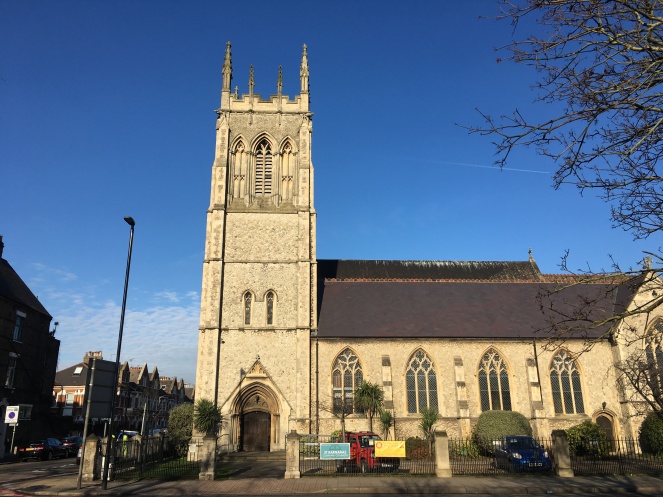
Streatham Common
Back in 2019 I discovered two commons on my walk from Norbury Park to Tooting Common – and the first of these was Streatham Common.
An ancient common, it used to be the land of the Manor of South Streatham on which the manorial tenants had the right to graze their cattle and gather fuel. In 1362, Edward of Woodstock, granted the Manor of South Streatham the Common.
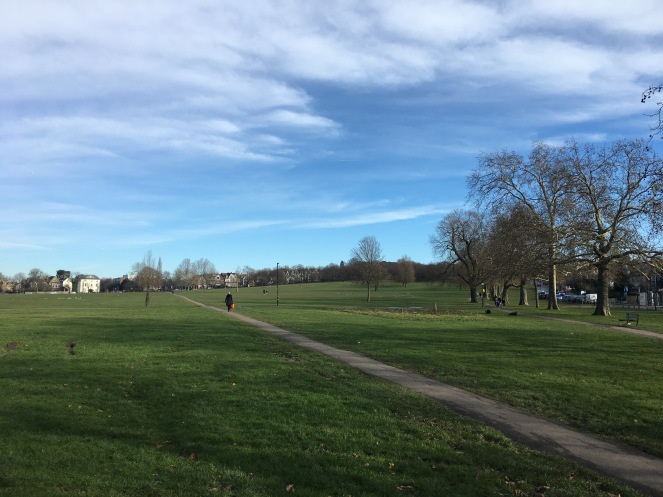
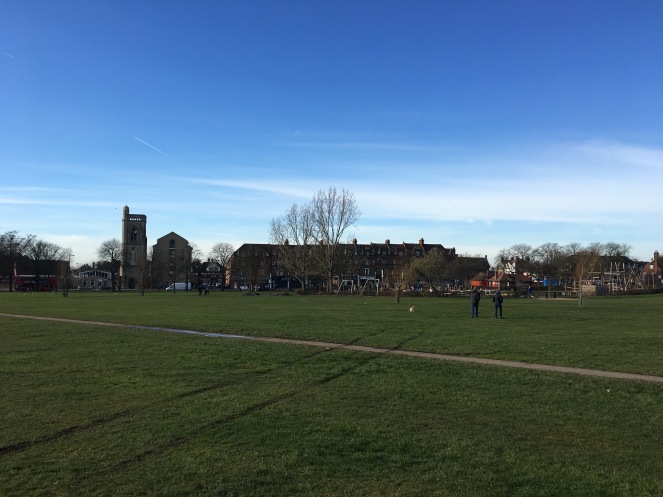
In 1884, the Metropolitan Board of Works paid £5 to the Ecclesiastical Commissioners, the Lords of the Manor of South Streatham, for the 66 acres (26 hectares) of common land in order to preserve it as a public open space. The eastern part of the Common was allowed to grow into a wonderful woodland area. The Board also planted trees to maintain the rural aspects of the Common, so there were huge benefits of them owning the area. The ownership of the Common would be relinquished by The Board with control being taken over by the London County Council in 1896 – with control passing to the Greater London Council in 1965 and finally the London Borough of Lambeth in 1971.



One of Streatham Common’s most distinctive features is its Rookery Garden, which you can learn more about in My Favourite 15 Hidden Gems in London blog post!
Taking a walk outside The Rookery, you enter a lovely open green space, and whilst you head towards the top of the hill you get to a real marvellous sight as you come across the Common’s breath-taking and enchanting woodland. With all of its trees, plants and cute pathways that lead you to hidden wonders, it reminds me of many of the woods I’ve explored before, such as Highgate Wood, Russia Dock Woodland and Dulwich Wood.
You feel like you’re in the countryside and when the sun is shining (which it was on the day I explored it!), it really lightens and brightens up the scenic areas, bringing out all the golden colours. There aren’t too many places that perfectly combine a Common of open space, recreational areas, a glorious garden and a woodland like Streatham Common. Whatever your nature needs, Streatham Common has them sorted for you!

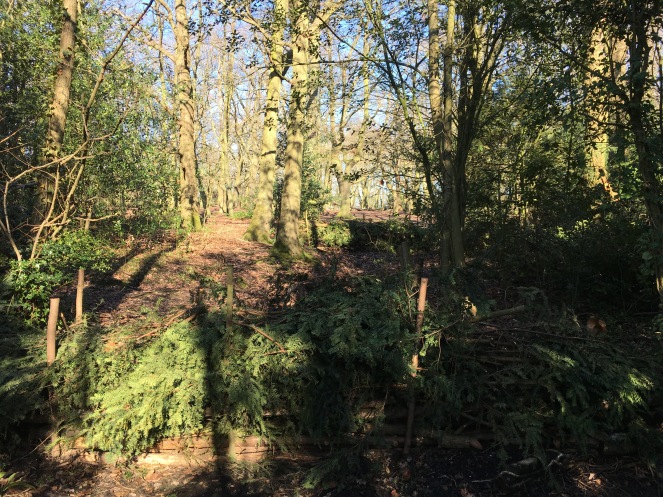


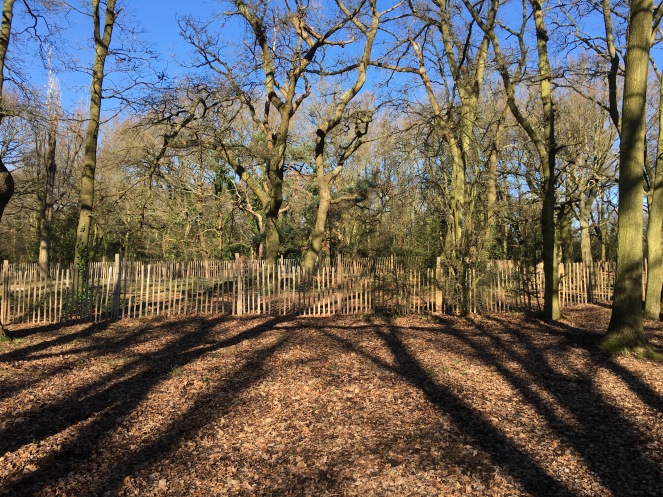

Tooting Commons
The second common on my walk back in 2019 was Tooting Common, which consists of two adjacent areas of common land lying between Balham, Streatham and Tooting – these are known as Tooting Bec Common and Tooting Graveney Common. Tooting Bec Common is in the parish of Streatham, whereas Tooting Graveney Common is in the parish of Tooting. Did you know Tooting Bec Common was also known as Tooting Heath?! The boundary between the two Commons followed a watercourse called the York Ditch, which was a tributary of the Falcon Brook.


Up until the late 19th Century the neighbouring areas were predominately rural land, with the Commons mainly agricultural rather than recreational. The areas had animals grazing out on them from the local farms as well as wild fruit being grown there. As the years progressed and London’s metropolis began to get more populated, the agricultural grounds gave way to recreational facilities, such as a tennis court, bowling green, football pitch, a sailing boat pond and a tearoom.


Tooting Bec Common comprises of nearly 152 acres (62 hectares) and was one of the first commons owned by The Metropolitan Board of Works (MBW), which they purchased in 1875. Likewise Tooting Graveney Common was acquired by The MBW in 1875 – and is smaller than Tooting Bec, with a size of 66 acres (27 hectares). The Commons were transferred to the London County Council (later the Greater London Council) and then from the GLC to Wandsworth Borough Council in 1971.

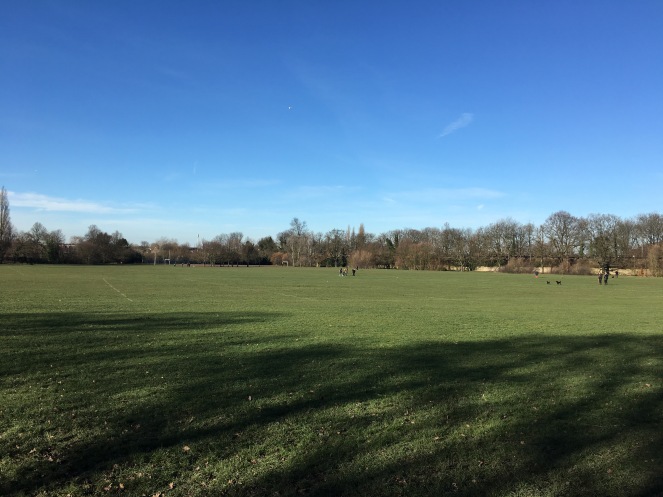

Acton Green Common
When I walked around West London back in 2018 from Ravenscourt Park to Wormwood Scrubs I went through Acton Green Common.
Located next to Turnham Green tube station, the 14.5 acres (5.9 hectare) common is quite unique given that it’s split into two, with a road and crossing in between it.


Acton Green Common has a place in history as part of the Battle of Brentford during the Civil War on the 12th November 1642 took place there when the Royalists under Prince Rupert surprised them and beat the Parliamentarian army under Lord Essex.
I do love the symmetry where you have trees either side of the pathway and as far as you can see there are trees across the green. Once again the crisp orange colouring comes out perfectly with the sun shining on them which really does brighten up the park.


Barnes Common
Barnes is known for its cute village green, lovely riverside and Barnes Bridge, but it also has a wonderful common, which I explored back in 2018 when I walked from Putney Bridge to Barnes Green.
At 122.4 acres (49.55 hectares), Barnes Common is one of the largest protected common lands in London and is made up of nationally scarce lowland acid grassland, meadows, secondary woodland, reed-beds, and rough grassland with heath. The area is designated as a Local Nature Reserve and Site of Nature Conservation Interest, and managed by the London Borough of Richmond upon Thames with assistance from the Friends of Barnes Common.


The entire area is so magical and enchanting as you weave your way between the trees and along the small pathways onto the open green spaces. We really are truly lucky to have such a beautiful area within our capital and it’s quite the contrast to the touristy areas that people associate London with. It’s commons and woods like these which are one of the main reasons I love exploring and discovering new parts of London as there are many people who would’ve never been to areas like this when they’ve been to the capital. That’s why it gives me wonderful satisfaction in taking these photos and showing you all stunning sights like these!



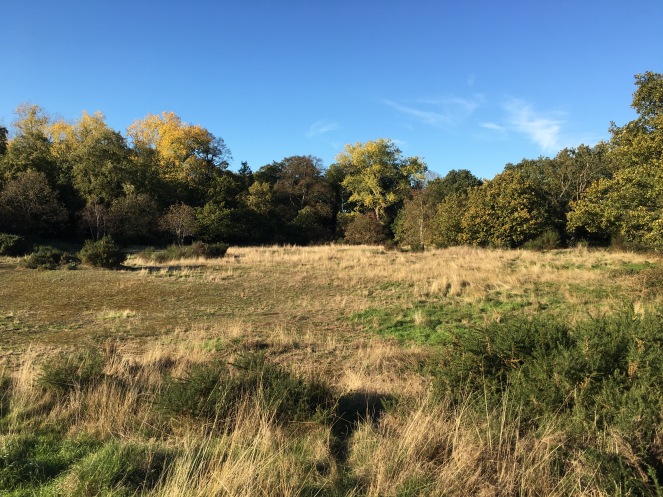



Wimbledon Common
Back in 2019 my walk from Richmond Green concluded at Wimbledon Common, which is a large open space made up of three areas – Wimbledon Common, Putney Heath and Putney Lower Common, which together are managed under the name Wimbledon and Putney Commons. The area is 1,140 acres (460 hectares) of protected woodland and common land, and is the largest expanse of heathland in the London area.


In 1864, the lord of the manor, Earl Spencer, who owned Wimbledon manor, attempted to pass a private parliamentary bill to enclose the Common for the creation of a new park with a house and gardens and to sell part for building. In a landmark decision for English common land, and following an enquiry, permission was refused and a board of conservators was established in 1871 to take ownership of the common and preserve it in its natural condition.



In the 19th Century the windmill in the common was the headquarters of the National Rifle Association and drew large crowds each July. These annual gatherings were attended by the élite of fashion. The Common is also home to The Wombles, a series of characters created by Elizabeth Beresford, who later got their own TV show and musical group!

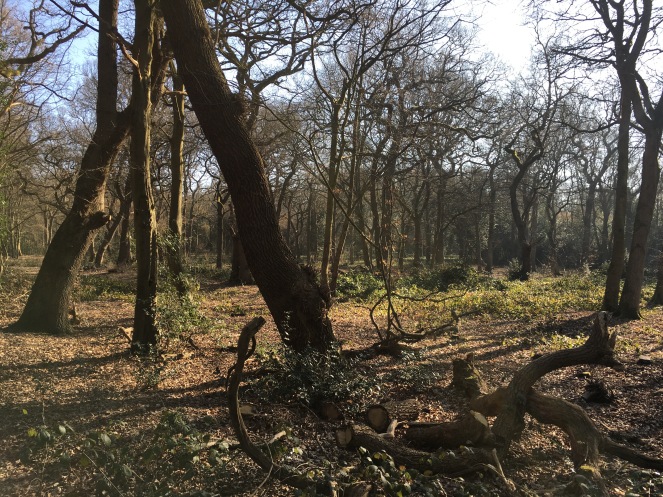
The Common once again offers the blend of breathtaking natural sights with many hidden treasures and pathways. I really loved the tall trees, which tower above you when you walk through them. It truly was the most wonderful of places to finish my walk!



Wandsworth Common
South London is full of commons and another one is located in Wandsworth, which I discovered on my walk from Clapham Junction to Battersea Bridge back in 2019! The 171.6 acres (69.43 hectare), Wandsworth Common is a real South London gem of natural wonders and recreation. Back in the 1860s with the expansion of London, its railways, and the 4th Earl of Spencer selling off parts of the Common, there was demand to protect the area. This resulted in the Wandsworth Common Act 1871 being created to help ensure its future was secure.
After the creation of the London County Council (LCC) in 1890, which became the owner of the Common, it would turn the rubbish-strewn unkempt space, into the island of tranquility that we see today. In 1965 the LCC became the GLC, and the ownership of Wandsworth Common was handled by Wandsworth Borough Council. In addition to its own Act of Parliament, The Commons Act 2006 also ensures its safeguarding. The Common is split into twelve separate sections, and includes everything from an area for football, cricket and rugby, a playground, trees and plants, as well as a large lake.

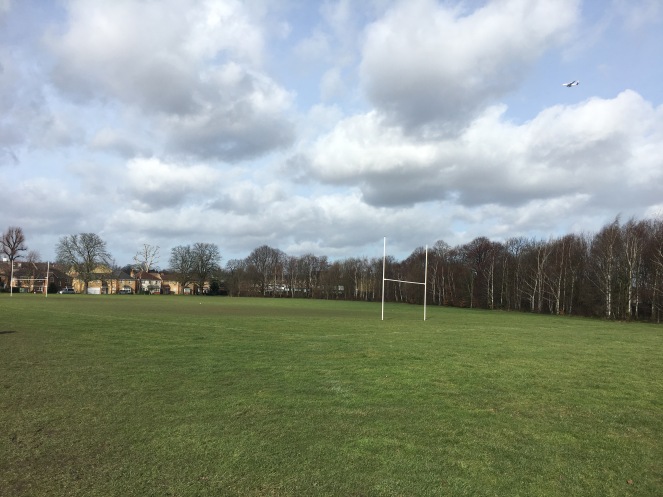
Wandsworth Common is classed as a site of importance, so much so it has a Grade 1 status for nature conservation. It includes nine different ecological habitats, which cover grassland, woodlands, meadows, trees, plantation, amphibian wetland, and the pond and lakes.
The grassland throughout the Common is ideal for wild flowers, butterflies, grasshoppers, and other insects, and the tiny holes in the ground provide a solitary residence for bees.


There are a number of woodland areas whilst you walk through the vast space of the Common, which are a perfect place for grasses, shrubs, mosses, wild flowers, and plants to thrive. As well as the plants, the woodlands are a great habitat for beetles, centipedes, birds, and bats to enjoy.
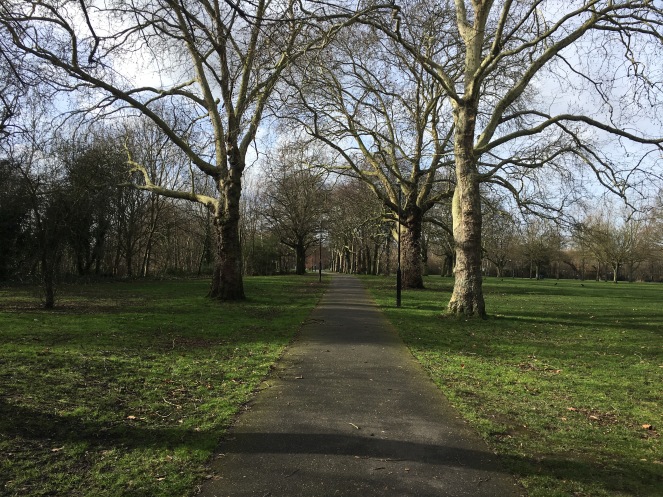


One of the distinct elements of the Common is its water oasis which is teeming with life – from ducks and geese, to pond skaters and dragonflies, and fish and newts. It’s somewhere that covers every facet of nature and everything you could wish for to help all creatures and plants to survive and thrive. Being someone who loves being in the great outdoors and always loves exploring natural beauty like this, it’s refreshing and exciting to know that as time goes on, these essential areas are kept and maintained so splendidly.
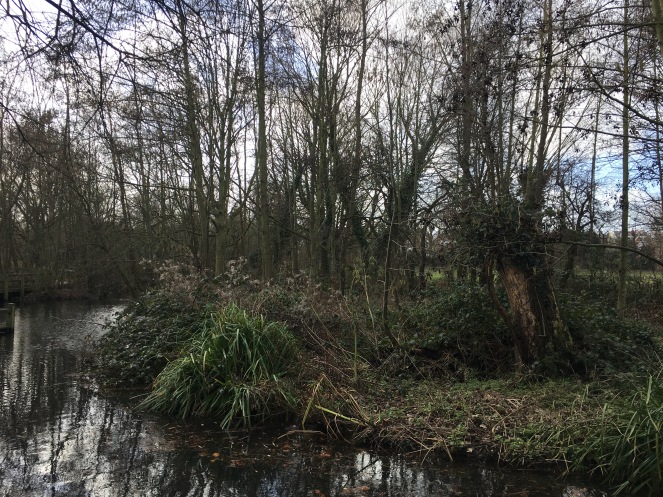

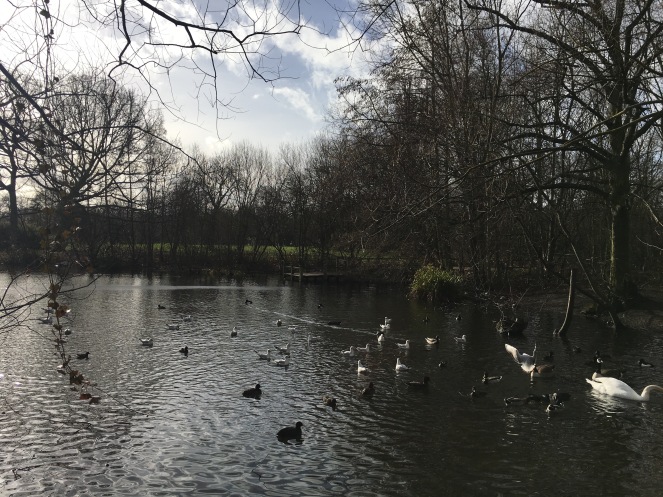








Ham Common
I’d say Ham Common is my favourite common in London and it was a pleasure to stroll through it back in 2019 on my walk to Hampton Court Bridge. Located in the London Borough of Richmond upon Thames, it’s the second largest common in the borough comprising 120.3 acres (48.69 hectares) of grassland and a pretty pond, 2 acres (0.81 hectares) smaller than Barnes Common.
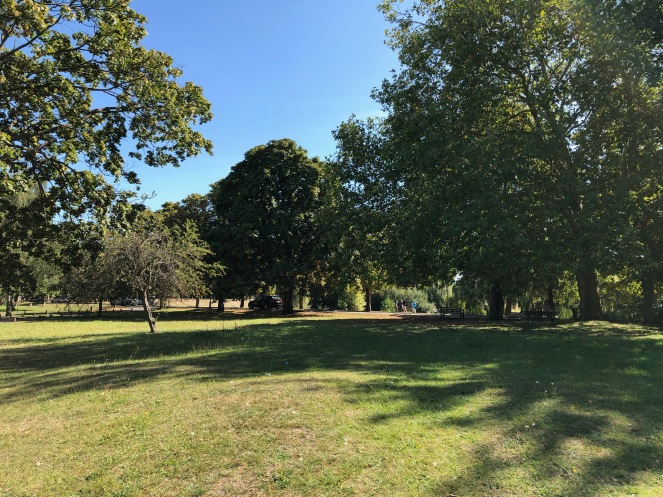

Ham Common dates back to the 17th century when a map drawn up for Charles I by Nicholas Lane in 1637 showed that the common land extended further than its current area as far as Roehampton. The northern part of Ham Common was continuous with Petersham Common, which was linked to both Richmond and Mortlake Commons.
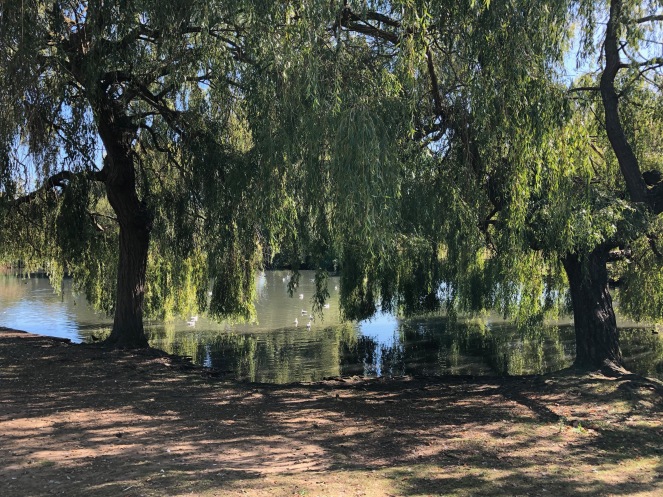
The entire area was 1,000 acres (400 hectares), of which 895 acres (362 hectares) fell within Ham’s boundaries, with 400 acres (160 hectares) of that being common land, with the rest being agricultural land in private ownership or already owned by the crown. Charles I paid compensation to the commoners of Ham and granted them a deed of gift of the remaining unenclosed common land for all time.

The Common’s enclosure was one of several unpopular acts that Charles made, which contributed to unrest. Ten years later Cromwell’s Army camped on Ham Common in 1647 after the Putney Debates, which were a series of discussions between members of the New Model Army – a number of the participants being Levellers – concerning the makeup of a new constitution for Britain.
Apart from the area of the present day Common, other common land existed around the enclosed farmland of Ham. Commoners also enjoyed lammas rights on large areas of enclosed farmland adjoining the river. From the mid 17th century to the early 20th century the common land was owned by the Earl of Dysart and the Tollemache family.


The late Victorian period saw pressures on the common due to rapid expansion of buildings in London, though The Metropolitan Commons Acts 1866 to 1878 helped to preserve the land. In 1891, the Dysarts erected notices on the common warning that those who removed gravel or turf without a license would be prosecuted.


They also erected notices that trespassers on the lammas land would be prosecuted. The villagers of Ham would contest these actions, with the boards restricting the rights of commoners, which led to arrests. In 1896, the Dysarts promoted The Petersham and Ham Lands Footpaths Bill seeking to enclose the 71 hectares (176 acres) of lammas lands. The bill would be defeated though. Later that year The Metropolitan Commons (Ham) Supplemental Act 1901 established a Board of Conservators to manage Ham Common.

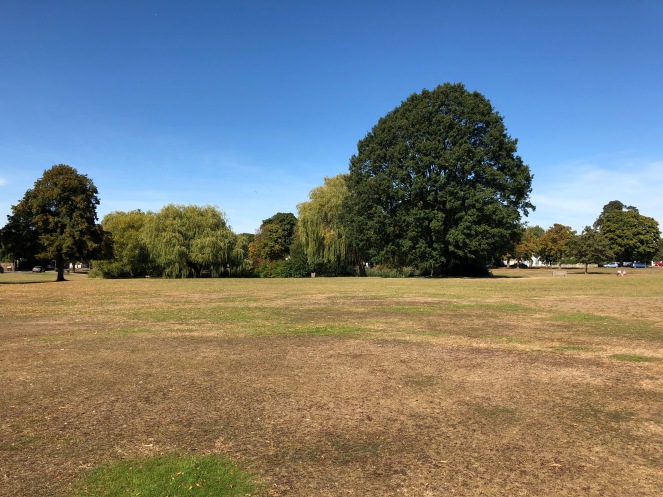
After this The Richmond, Petersham and Ham Open Spaces Act gained Royal Assent on 18 November 1902. This act would see the beginning of Ham Common falling into public ownership, as it transferred the Dysarts’ residual manorial interests in Ham Common and vested them in Ham Urban District Council. The Dysart Trustees also gave £3,000 to be invested for the upkeep of the Common.
Ham Common does remind me of Barnes Green as well as Clapham Common with the road going around it and a picturesque pond at the forefront of the area. Like when I visited Kew Green, I was lucky enough to walk by when a cricket match was going on!
Just outside Ham Common there are some cute little cottages, which gives the area a real village feel.

Peckham Rye Park & Common
The final common I’m going to explore is one that I’ve actually never written about on my blog, but visited back in the summer and that’s Peckham Rye Park & Common.
Situated in the London Borough of Southwark, Peckham Rye Park & Common’s history can be dated back as early as the 1860s when there was concern from local residents that it would become privately owned. However, in 1868, the rights of the Lord of the Manor – which included the Common, Goose Green, and Nunhead Green – were purchased by the Camberwell Vestry for £1,000 and later transferred in 1882 to the Metropolitan Board of Works, thus securing the land forever.







In 1868 the 51 acres (20 hectares) of land surrounding Homestall farm south of the Common was purchased by the Vestry and London County Council for £51,000 and added to the 64 acres (25 hectares) comprising of the Common. Nearly forty years later, in 1907, after Mr Stevens the leaseholder of Homestall farm died, the 13 acres (5 hectares) that comprised Homestall Farm, Sunnyside, Charlton House, Modena House and Prospect Villa were also incorporated into the Park.



It was after 1907 that the Sexby Garden, the Bowling Green and the Japanese garden were created and the formal entrance to the Park was built where Sunnyside and Charlton House, Modena House and Prospect Villa had stood.






Between 1915 and 1940 after the clearance of buildings in the north-west of the Park (including Charlton House), several more renovations were made. A new main entrance was created and an oval bedding area. Rich carpet bedding once featured in the Oval and the circular areas flanking the oval shape were referred to as the Coronation beds and used to commemorate the coronation of Elizabeth II and the death of George VI.








In 1923 a Lido was opened at the northern end of the Common. The pool became increasingly difficult to maintain. The site became dangerous and the buildings unsafe resulting in its closure in 1987. The area has now been returned to the Common. Around this time a rockery and a water garden leading to a stream and pond garden were developed. The paving and pergola structures in the Sexby Garden were upgraded and the original bowling pavilion was replaced with a new building. This was transferred from its position on the corner of the Green to a more central location.









The Park and Common today is 113 acres (45 hectares) of picturesque and natural wonders. In 1995 the Friends of Peckham Rye Park was formed to help preserve its beauty. Since the completion of the Lottery funded restoration of the Park in 2005 there have been additions and improvements to the Park, including the wonderful Community Wildlife Garden project, which commenced in 2005.
The Common really is full of surprises whether it’s its enchanting water features and pond, or the glorious gardens and vast parkland, it’s one of the best spots to visit in South London for your slice of splendour.



Hope you’ve enjoyed my look back at nine of the commons that I’ve explored on my walks! If you have a favourite, please let me know in the comments section.
Thanks for reading and in the meantime you can follow all my walks on Facebook, Twitter and Instagram, and don’t forget to sign up to my blog too so you don’t miss a post! Also why not have a read of my other walks which explore all over London, from north to south, to west to east via central, there’s something there for you – and you can also read my very special walk of San Francisco too!
Here are the links to all my walks:
King’s Cross to Hampstead Heath
Leadenhall Market to Old Spitalfields Market
St Paul’s Cathedral to Moorgate
Mile End Park to London Fields
Hyde Park Corner to Italian Gardens
Clapham Common to The Albert Bridge
Grosvenor Gardens to Knightsbridge
Holland Park to Meanwhile Gardens
Hackney Downs to Springfield Park
Ravenscourt Park to Wormwood Scrubs
Covent Garden to Southwark Bridge
Putney Bridge to Barnes Common
Westminster Abbey to Vauxhall Bridge
Crystal Palace Park to Dulwich Wood
Clapham Junction to Battersea Bridge
Norbury Park to Tooting Commons
Lesnes Abbey Woods to the Thames Barrier
Richmond Green to Wimbledon Common
Gladstone Park to Fryent Country Park
Whitehall to Piccadilly Circus
Tower of London to the Limehouse Basin
Ham Common to Hampton Court Bridge
The House Mill to Hackney Marshes
Twickenham Stadium to Crane Park Island
Arnos Park to Trent Country Park
Blackheath to Mudchute Park & Farm
The Bridges of London (Part one) – Tower Bridge to Vauxhall Bridge
The Bridges of London (Part two) – Grosvenor Railway Bridge to Kew Bridge
The Bridges of London (Part three) – Richmond Lock and Footbridge to Hampton Court Bridge
15 of my Favourite Hidden Gems in London
The Historical and Modern Landmarks of London
Exploring Six of London’s Parks
Sources:
All photos taken by London Wlogger © Copyright 2016-2020

How lovely! I find these entries most intriguing. Years ago, I lived in Clapham. Well, I stayed there for a couple of months whilst getting accommodation sorted out for a teaching job. I lived in a hostel-type place opposite the common. It was called the ‘Euro Hotel’ and they sorted me a cheap rate if I paid cash to one staff member. All very dodgy. Anyhow, I used to fish the roadside pond and go drinking in the ‘Mill on the Common’. Very happy memories and I adored all the London parks… Best Regards, Gazza
LikeLiked by 1 person
Thank you so much, I’m glad to hear 😊 Splendid what great memories, always amazing how everyone has a story to tell about somewhere in London!
LikeLiked by 1 person
What grand outdoor spaces. Thank you for sharing. –MaryGo
LikeLiked by 1 person
Thanks Mary! They all have their own unique features 😃
LikeLiked by 1 person
You could walk somewhere different for a year in London and still not cover it all. I really enjoy these interesting posts.
LikeLiked by 1 person
You’re so right, just an area of somewhere like South London is full of wonderful treasures to explore! Thank you 😊
LikeLike
So much to see in every direction all over London isn’t there? Haven’t been to all of these wonderful commons so need to get my act together next year. Great photos.
LikeLiked by 1 person
They’re all so unique and beautiful, definitely worth the trip! 😃
LikeLike
Love the pictures! I’ve spent quite a lot of time in Clapham and Tooting Common and I miss them so much, but some of them I’ve never been to, so I enjoyed your post very much! 🙂
LikeLiked by 1 person
Thank you so much, I’m glad to hear, something to look forward to when you can explore them 😊 I’ve recently launched a podcast that you might be interested in subscribing too! http://bit.ly/PodcastIntroduction
LikeLike